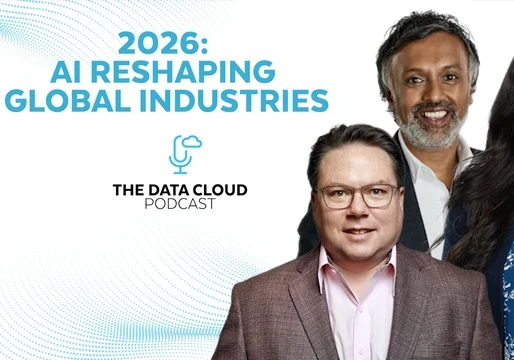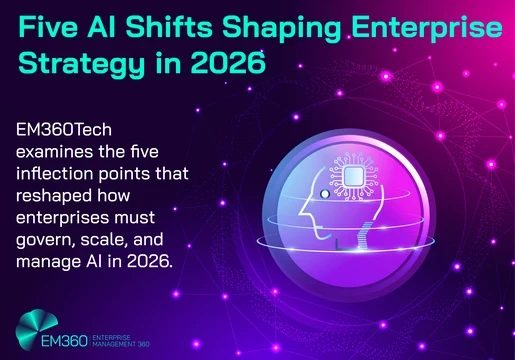68% of enterprises are now investing in AI as part of their digital transformation strategy, according to a report. Moreover, research firm Markets and Markets predicts that the AI sector will reach $190 billion in 2025. Although AI in the enterprise is becoming increasingly more advanced, Edge AI could be the next big opportunity for enterprises. In fact, VP of product management at XMOS Paul Neil told IDG Connect that this could be the case.

What is Edge AI?
In effect, Edge AI entails artificial intelligence that operates on end devices rather than in the cloud. According to Imagimob, a global leader in AI products for edge devices, "Edge AI means that AI algorithms are processed locally on a hardware device." Edge AI is particularly effective as it enables real-time operations including data creation and decision making. In order to power self-driving cars and robots, enabling real-time operations is integral.
Edge AI and IoT
At present, a vast amount of AI devices rely on the cloud in order to operate effectively. Nonetheless, Paul Neil told IDG Connect that "the issues associated with managing the control of smart home devices in the cloud, combined with questions surrounding the security and privacy of the data transmitted, suggest that a wholly cloud-based model may not scale as we usher in the era of ambient computing." User interactions with AI devices are also becoming more complex, while the volume of data involved in the process is increasing. Neil insists that the risk of network connectivity or latency issues degrading a user experience is also on the rise. However, Edge AI offers the ability to reduce the amount of data transmitted and thus provides more context to the user. The potential to use smart devices when the internet if unavailable is also possible with Edge AI. "Edge-AI enables user experience designers to personalise the interaction with remote AI entities through the fusion of sensor data," he said. In addition to this, "it also removes the latency issues associated with cloud-based control."
Will Edge Computing displace the cloud as the new driving force behind the Industrial Internet of Things? Daniel Elizalde, IoT Product Management Coach at DanielElizalde.com, offered his insights







Comments ( 0 )